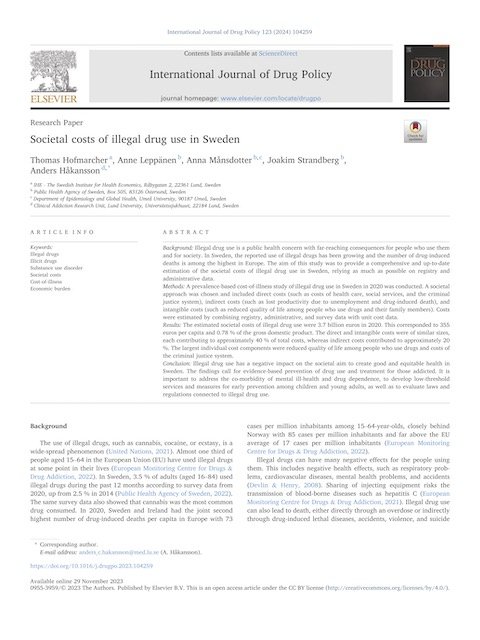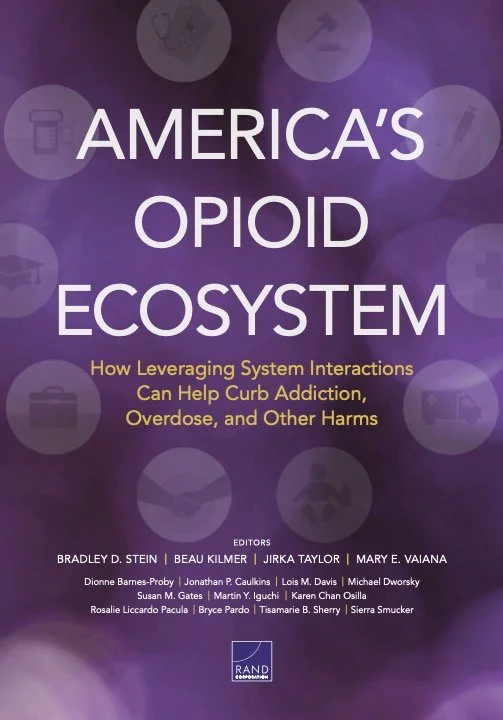By Joseph E. Schumacher, Abdullah Ahsan, Amber H. Simpler, Adam P. Natoli & Bradley J. Cain
Conducting research within a carceral health care context offers a unique view into the nature of drug use among arrestees with potential to identify and prevent drug use consequences. The purpose of this study was to characterize the nature and extent of drug use among first-time jail arrestees to inform detection and treatment.
Methods
This study utilized a naturalistic research design to collect de-identified urine drug screens (UDS), jail characteristics, and arrestee demographic variables among arrestees indicating drug use from 25 jails across the United States in 2023 through a confidential data sharing agreement with NaphCare, Inc. using its proprietary electronic health record operating system. Descriptive statistics were used to detail the features of the dataset, Pearson’s chi-square tests of independence were performed to statistically analyze associations between UDS results and jail characteristics and arrestee demographics, and significant chi-square test results were further investigated by examining standardized residuals to clarify the nature and significance of within-group differences in proportions.
Results
Of the 43,553 UDS cases comprising the final sample (28.8% of total arrestees), 74.8% (32,561) were positive for one or more drugs, and 25.2% of UDS cases were negative for all drugs. Among those who tested positive, 69.0% were positive for cannabis, 54.8% for stimulants, 29.6% for opioids, and 12.4% for sedatives. Arrestees were positive for multiple drugs half the time, with combinations of cannabis, stimulants, and opioids most common. Significant associations between drug use and both jail characteristics and arrestee demographics were found.
Conclusions
Though drug use is not a recent phenomenon, the lethality potential of the drugs being used today is relatively new. Arrestees with positive urine drug screens are at heightened risk of adverse outcome due to sudden cessation of substance use. Findings highlight the need for objective clinical data to guide acute treatment of individuals at risk of withdrawing while detained. A
ddiction Science & Clinical Practice (2025), 15p.










